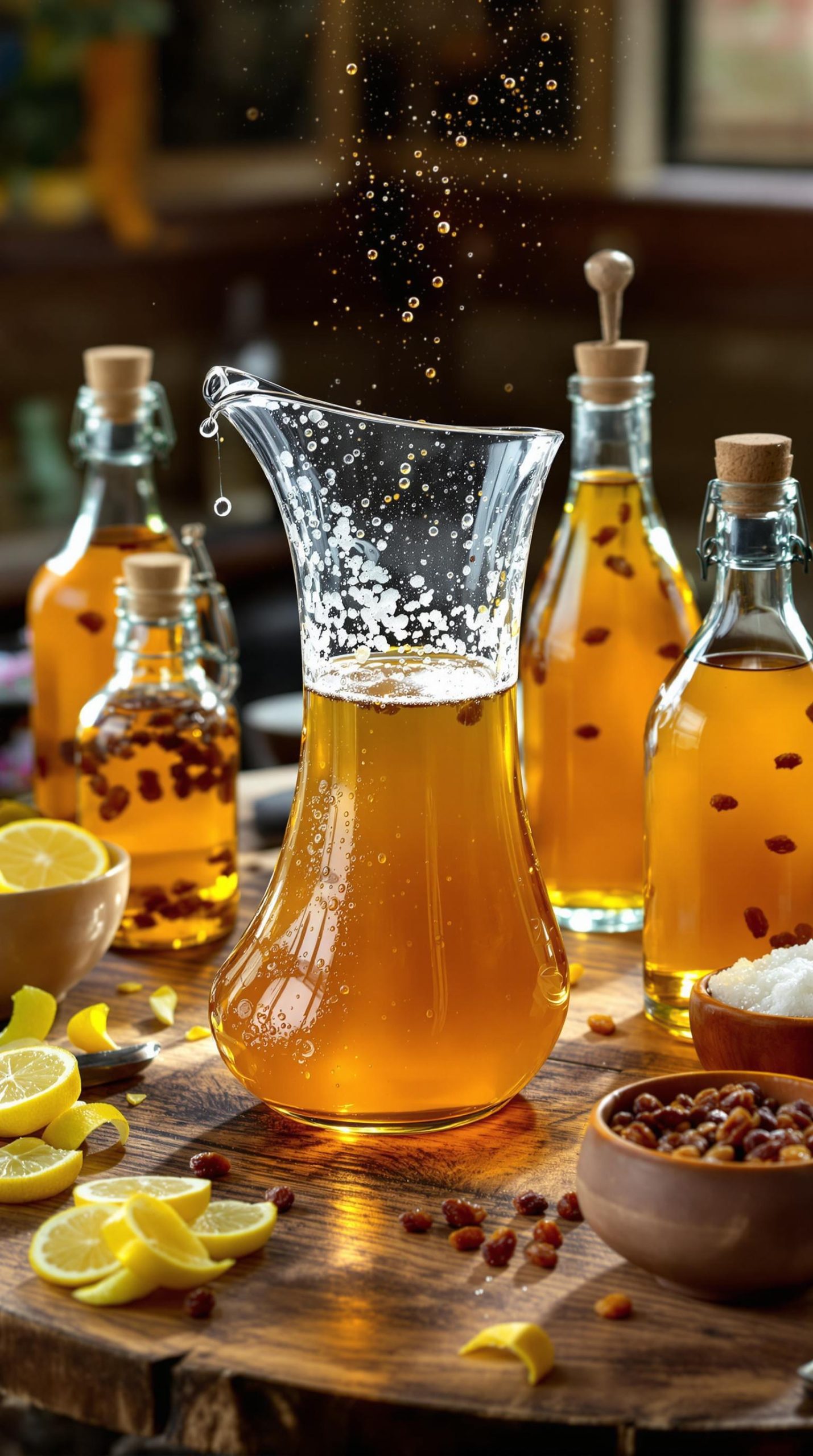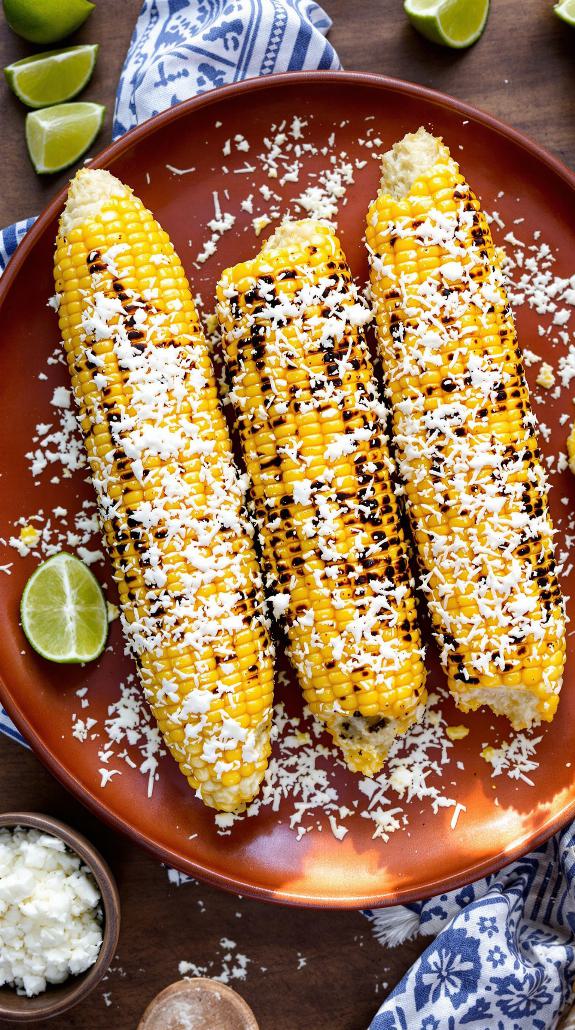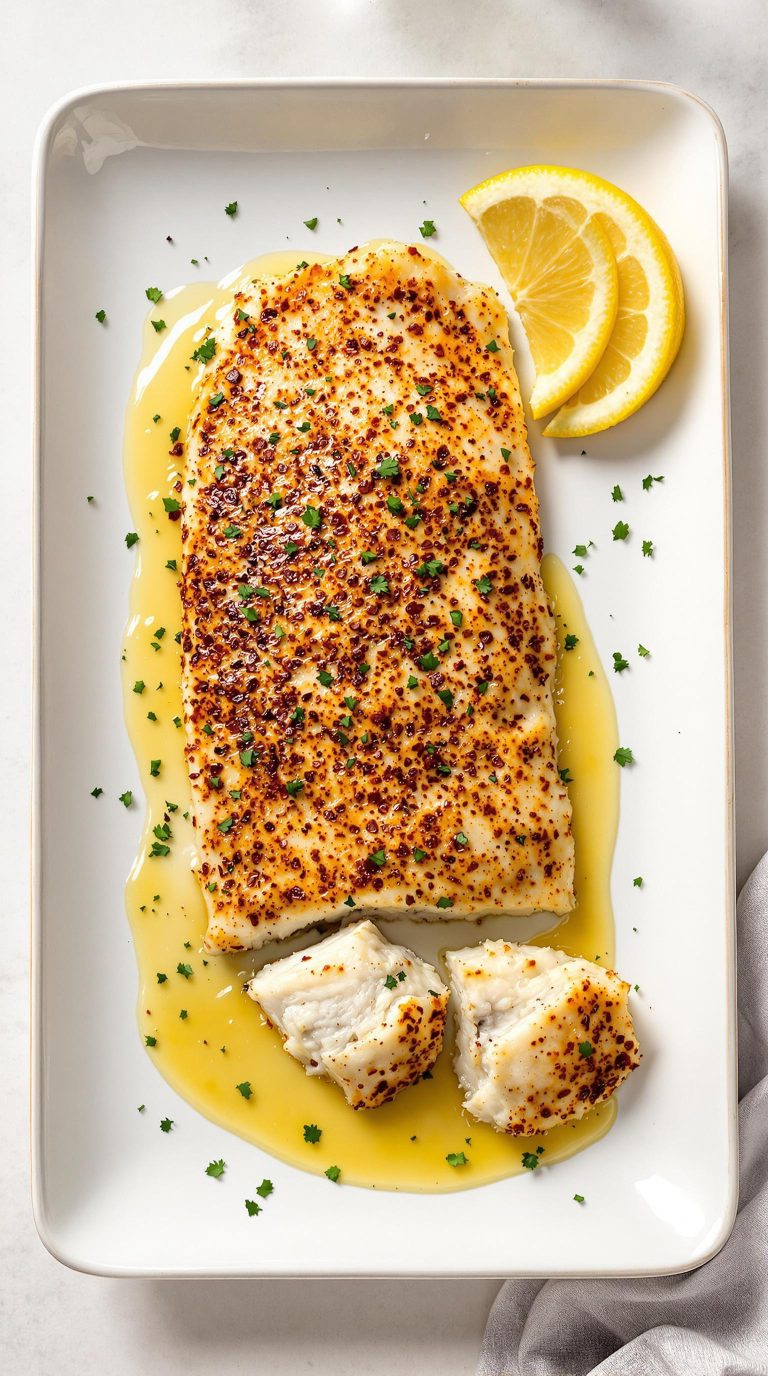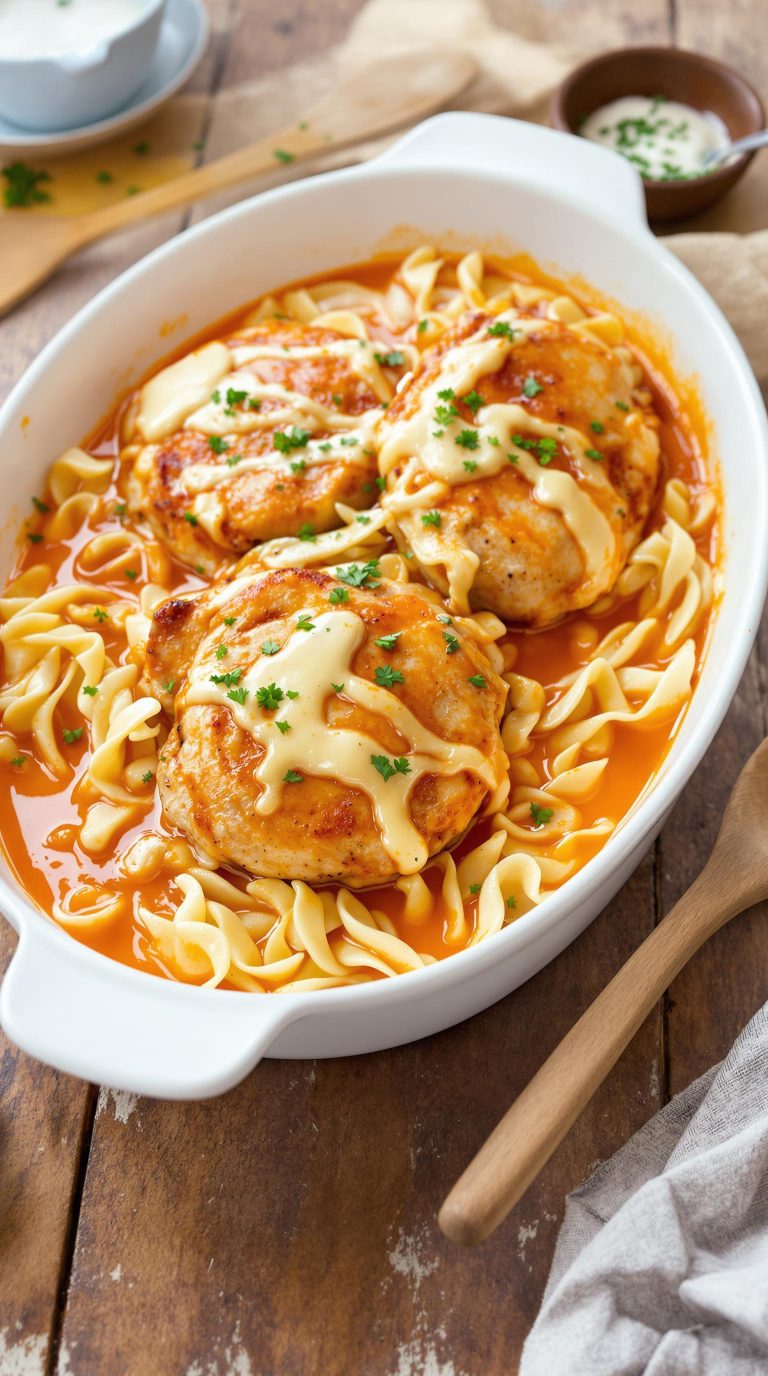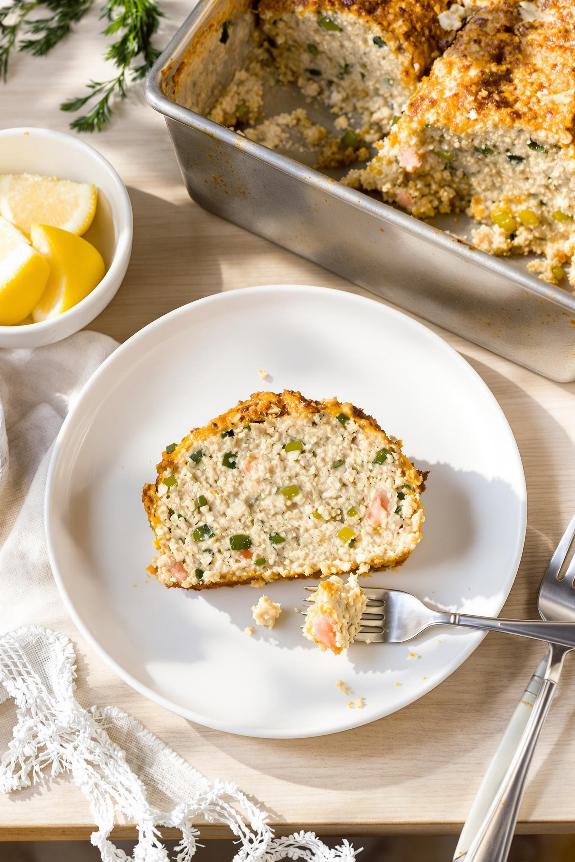Why You’ll Love this Sweet Ancient Mead
Honey lovers, prepare yourselves for a truly magical experience. This ancient mead recipe transforms simple ingredients into a drink that’ll transport you straight to a Viking feast hall. The combination of brown and white sugars creates depth that store-bought meads just can’t match.
What makes it truly special? The natural fermentation process, where those little raisins dance their way to the top, telling you when perfection has arrived. No fancy equipment needed, just patience.
And the flavor? Sweet but complex, with subtle citrus notes from the lemons. It’s like sunshine in a bottle, waiting for your next celebration.
What Ingredients are in Sweet Ancient Mead?
This ancient mead recipe calls for just a handful of simple ingredients that transform through fermentation into something truly magical. The beauty of traditional mead making lies in its simplicity—you don’t need fancy ingredients or specialized equipment to create this historical beverage that has been enjoyed for centuries across cultures.
- 5 liters of water
- 350 grams of white sugar
- 350 grams of brown sugar
- 2 lemons (both the peel and flesh)
- A small amount of yeast
- Raisins (for bottling)
- Extra sugar (1 teaspoon per bottle for bottling)
When selecting your ingredients, the quality of water matters more than you might think. If your tap water has a strong mineral taste, consider using filtered water instead. And while the recipe doesn’t specify a yeast type, a wine yeast or even bread yeast will work—though wine yeast may give you a cleaner fermentation. The raisins serve a clever dual purpose: they add a subtle depth to the flavor while also acting as your fermentation indicator. When they rise to the top, nature’s telling you your mead is ready to enjoy.
How to Make this Sweet Ancient Mead
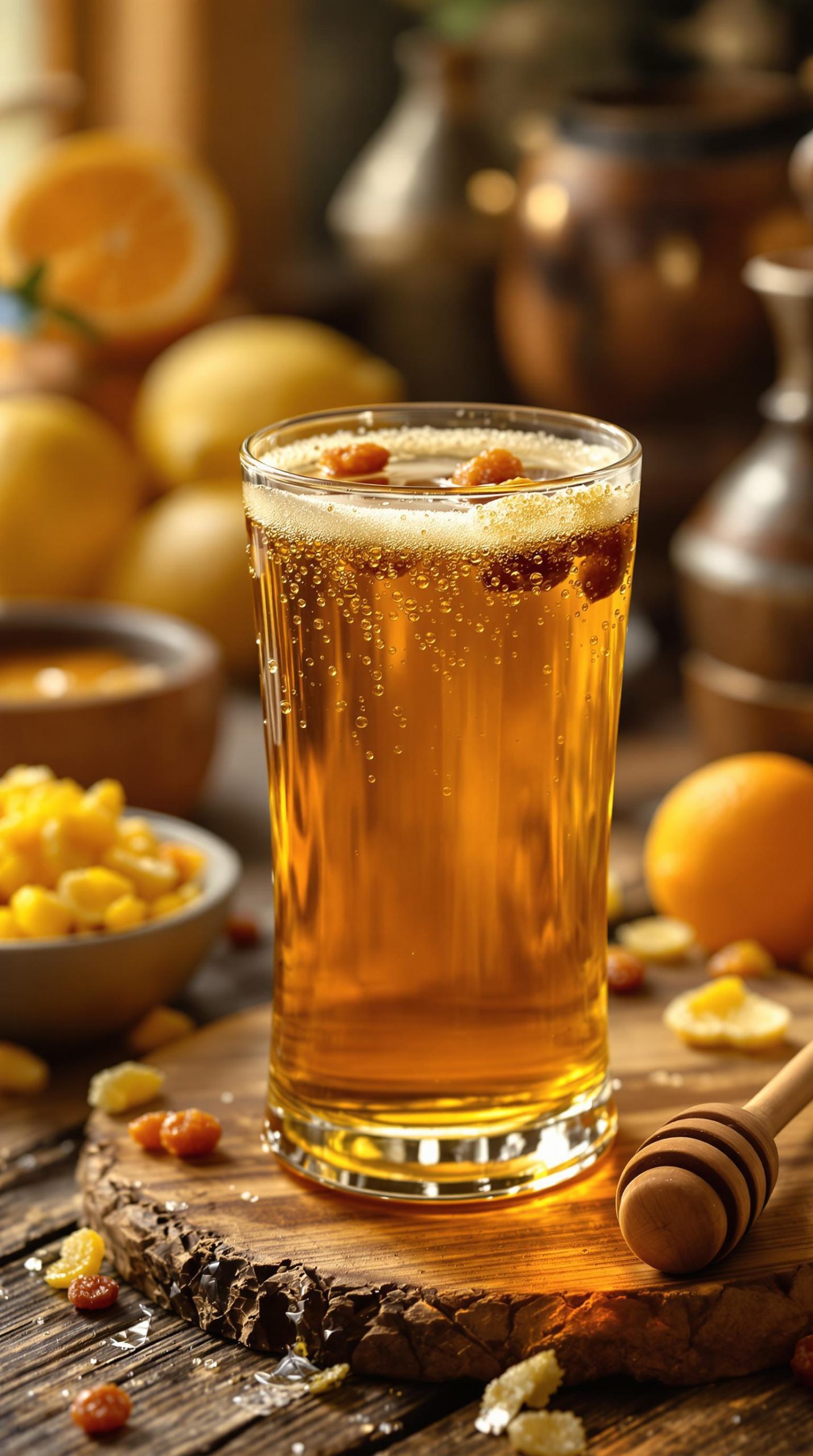
Begin your mead-making journey by preparing the lemons. Wash your 2 lemons thoroughly, then carefully peel them, making sure to remove only the thin outer layer while avoiding the bitter white pith beneath. Slice the peeled lemons and place them in a large vessel along with the peels, 350g of white sugar, and 350g of brown sugar.
Now, bring half of your 5 liters of water to a boil and pour this hot water over your lemon-sugar mixture. Give everything a good stir, cover the vessel, and let it stand for a while—this steeping process extracts all those wonderful citrus oils and begins to dissolve the sugars.
Once your mixture has cooled a bit, add the remaining water (which should be cold) to help bring the temperature down further. When the liquid reaches lukewarm temperature, it’s time for the magic to begin. Add just a tiny bit of yeast—really, you don’t need much—and let the vessel sit at room temperature for about a day until fermentation visibly begins.
You might notice small bubbles or a slight fizzing sound, nature’s little way of telling you the transformation is underway. While waiting, I often find myself peeking under the cover every few hours, like an expectant parent checking on a sleeping baby. For thorough mixing of ingredients during preparation, some mead makers prefer using a stand mixer instead of stirring by hand.
When your mead starts fermenting, prepare your bottles by adding a couple of raisins and a teaspoon of sugar to each clean bottle. Strain the fermenting mead into these prepared bottles, taking care to leave any sediment behind.
Cork the bottles loosely—this is vital as it allows excess carbon dioxide to escape while keeping contaminants out. Store your corked bottles in a cool place and watch those raisins. When they rise to the surface of the liquid, your ancient mead is ready to drink! This clever natural indicator has been helping mead makers determine readiness for centuries, no modern equipment needed.
The process might seem slow in our instant-gratification world, but isn’t there something wonderfully grounding about making beverages the way our ancestors did? For optimal results when cooking complementary dishes to serve with your mead, consider using a wok cooking set which provides even heat distribution for perfect Viking-inspired feasts.
Sweet Ancient Mead Substitutions and Variations
Several fascinating variations exist for this ancient mead recipe, allowing you to customize the flavor profile while maintaining its historical essence.
I’m a huge fan of swapping honey for some of the sugars—about 200g honey replacing equal amounts of white sugar creates a more authentic mead character.
Oranges can stand in for lemons, offering a sweeter, less tart finish.
For a spiced version, try adding a cinnamon stick, star anise, or a few cloves during fermentation.
Really want to get medieval? Throw in some dried elderflowers or rose petals. The Vikings would certainly approve, don’t you think?
What to Serve with Sweet Ancient Mead
When pairing sweet ancient mead with food, I’m reminded of how remarkably versatile this historical beverage truly is. It shines alongside rich, fatty meats like roasted pork or game—the sweetness cutting through heaviness in the most delightful way.
Try it with strong cheeses, particularly blues or aged cheddars, where contrasting flavors create magic on your palate.
Spiced desserts? Absolutely. Anything with cinnamon, nutmeg, or apple practically begs for mead’s company.
For something unexpected, serve it with smoked salmon or trout. The honeyed notes complement smoky flavors beautifully. Who knew Vikings had such sophisticated taste buds?
Final Thoughts
As I reflect on this ancient mead recipe, I’m struck by how beautifully simple yet profound the process really is. Just water, sugar, lemons, and a touch of yeast transform into a drink that has connected us to our ancestors for millennia.
What I love most is how the mead tells you when it’s ready—those little raisins floating to the surface like natural timekeepers. Isn’t there something magical about that?
No fancy equipment needed, just patience and trust in a fermentation process that’s older than written history.
This recipe isn’t just a beverage, it’s a conversation with the past.
Unlike making garlic noodles with vegetables, mead-making requires minimal intervention once the initial ingredients are combined.
It reminds me of making a good ground beef chili where time does most of the work to develop deep, complex flavors.
